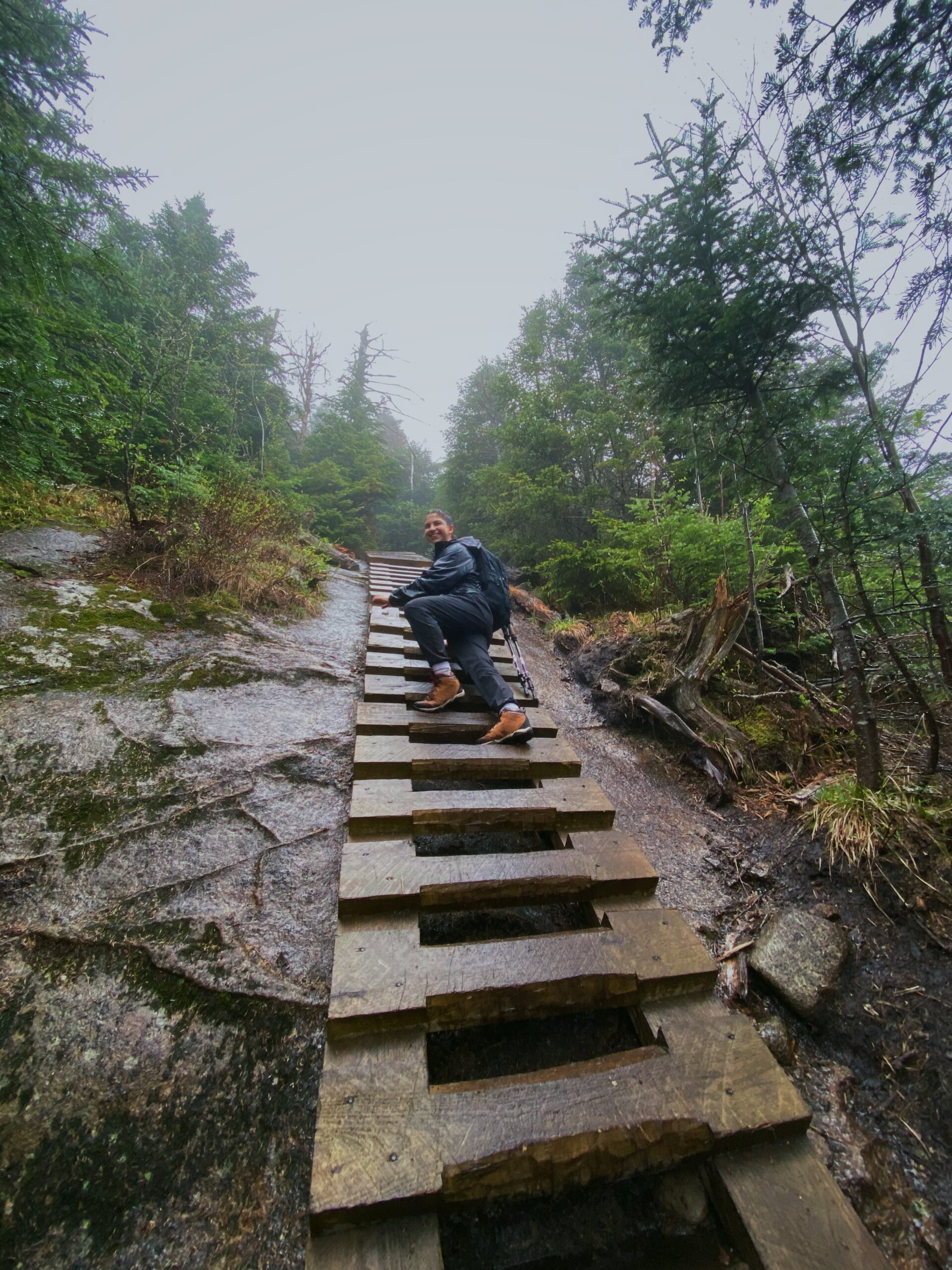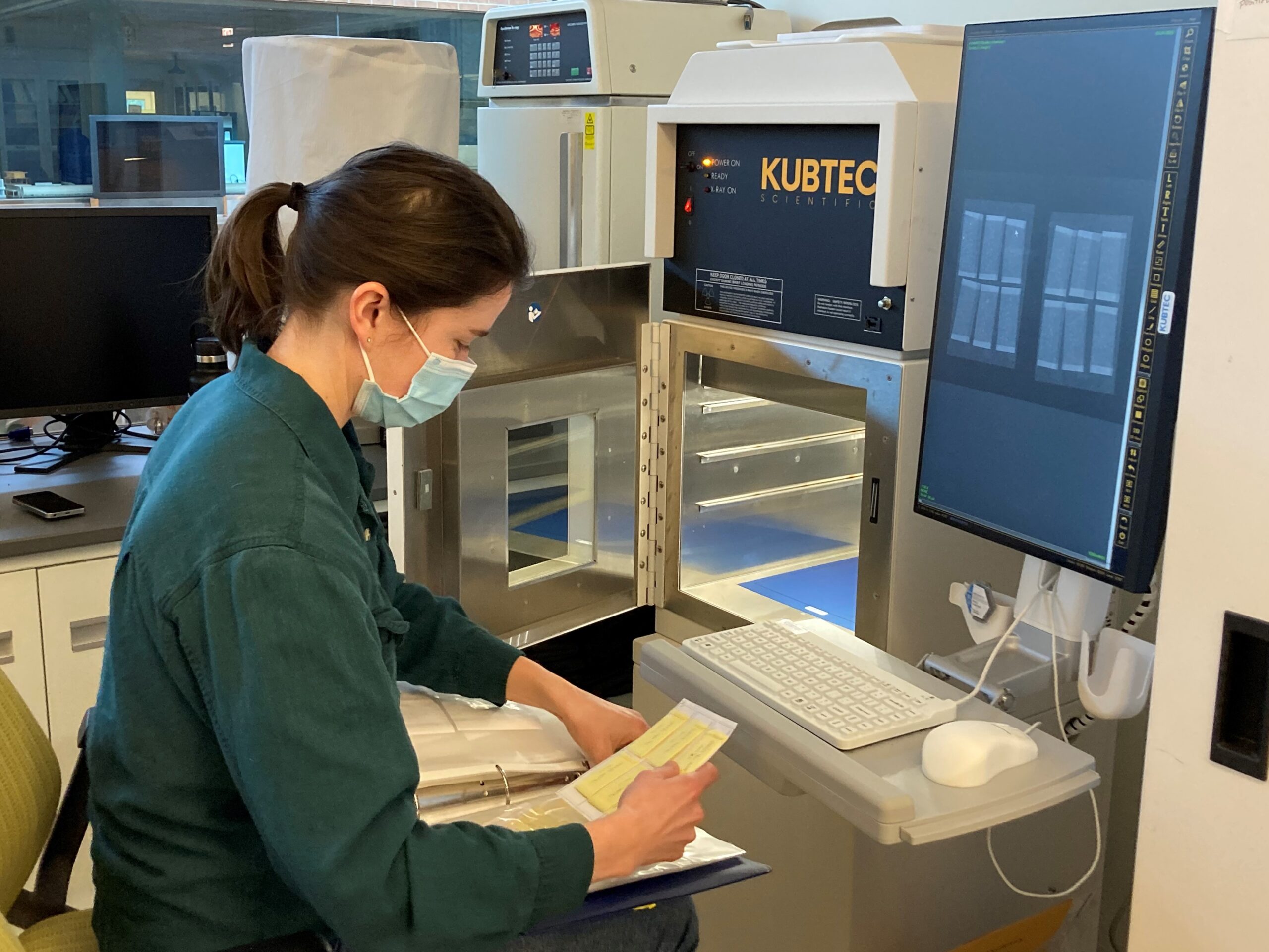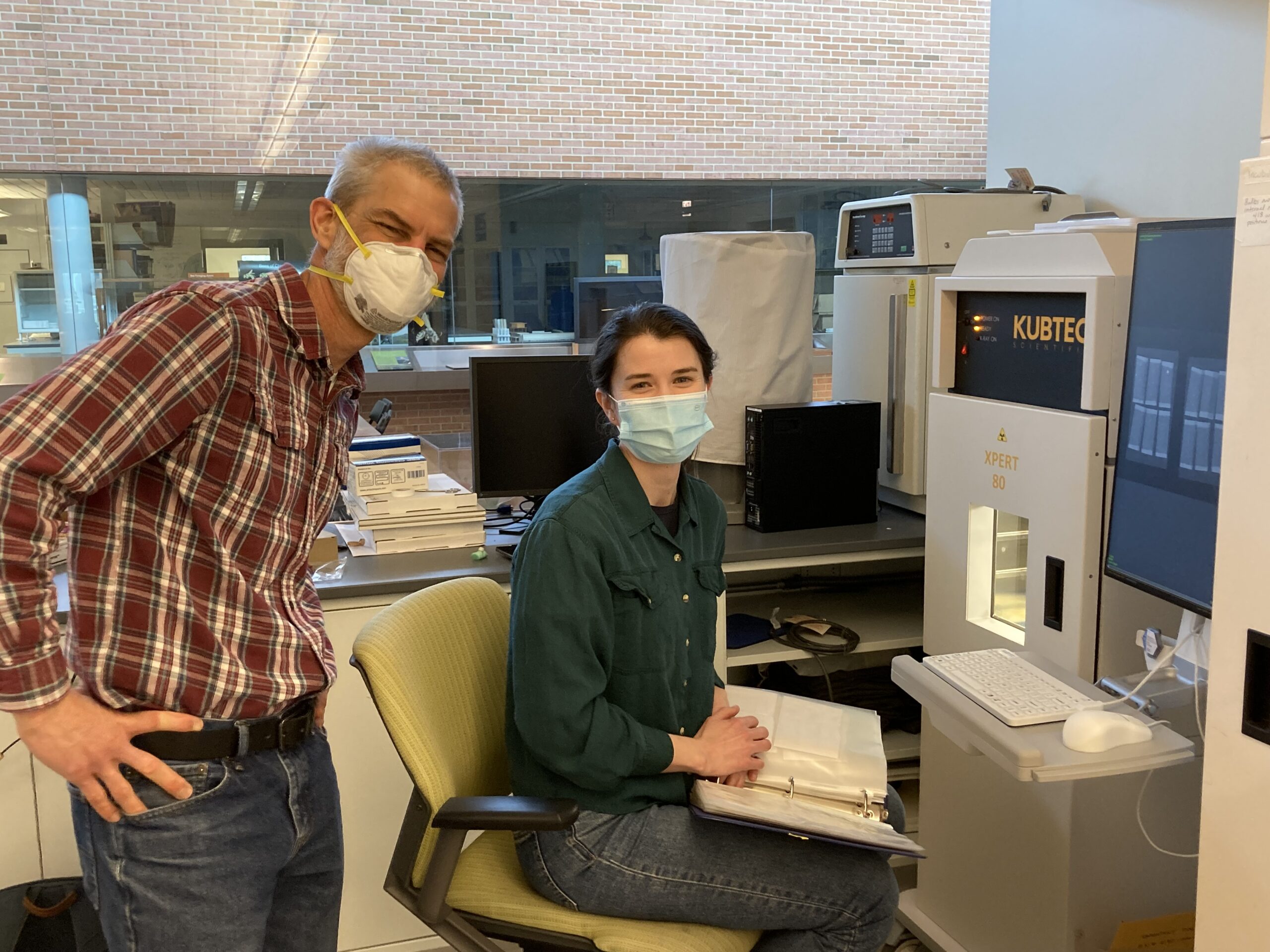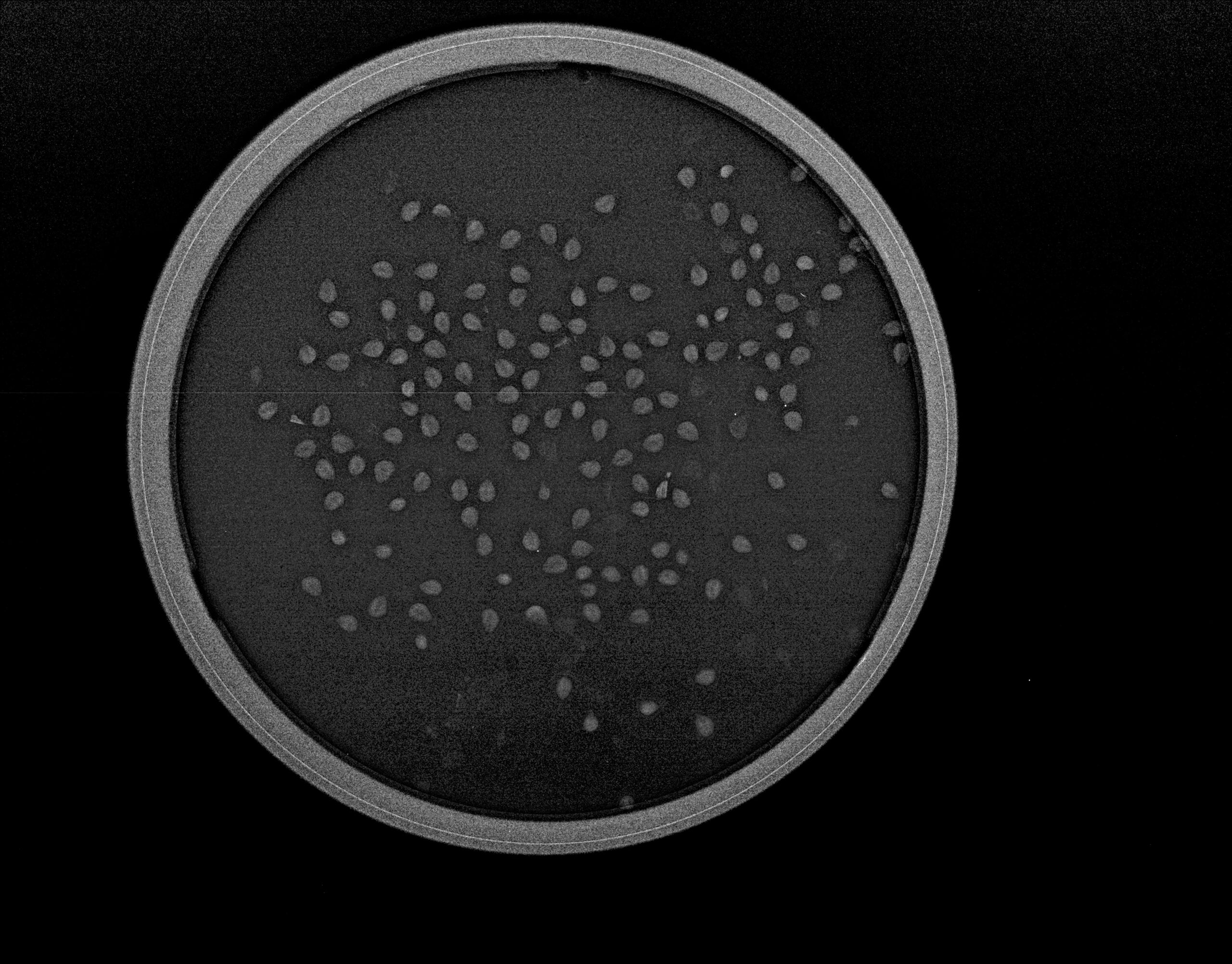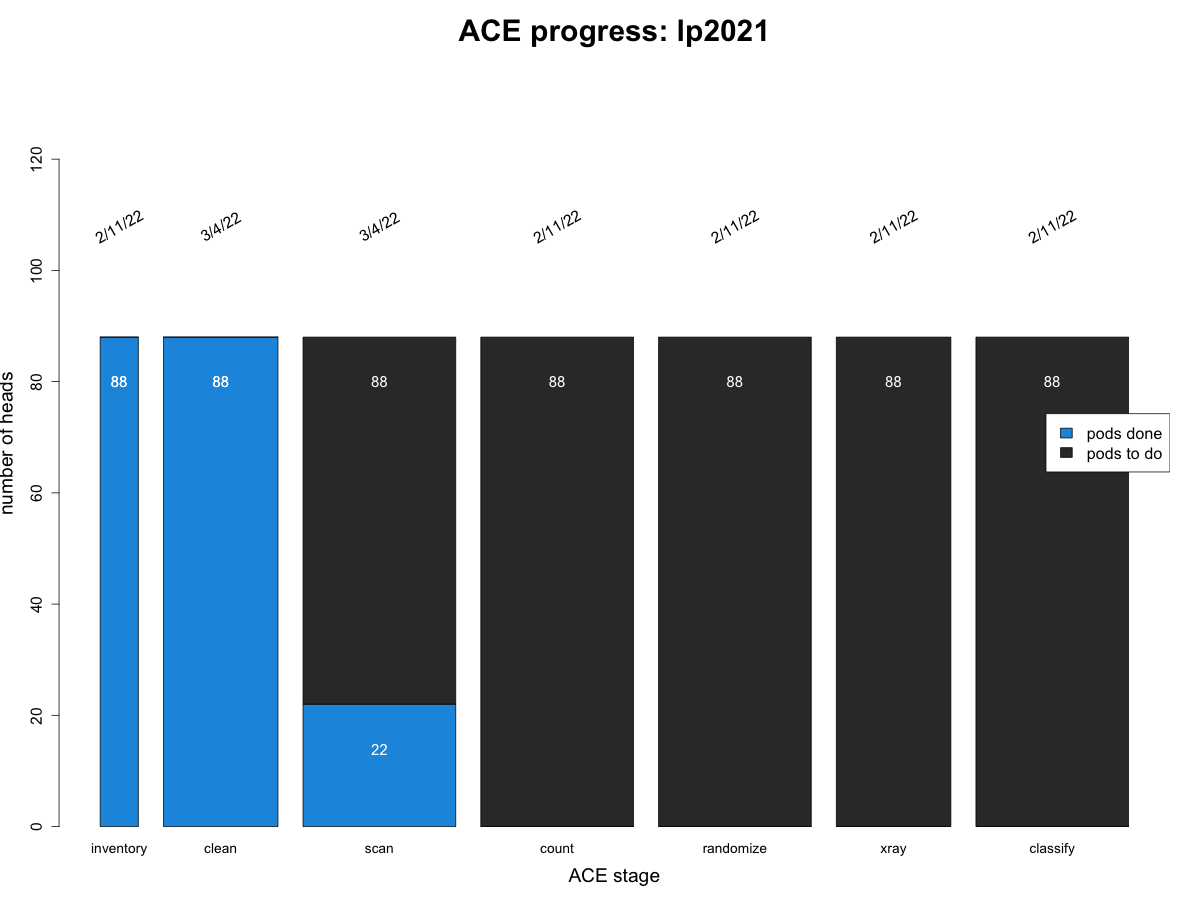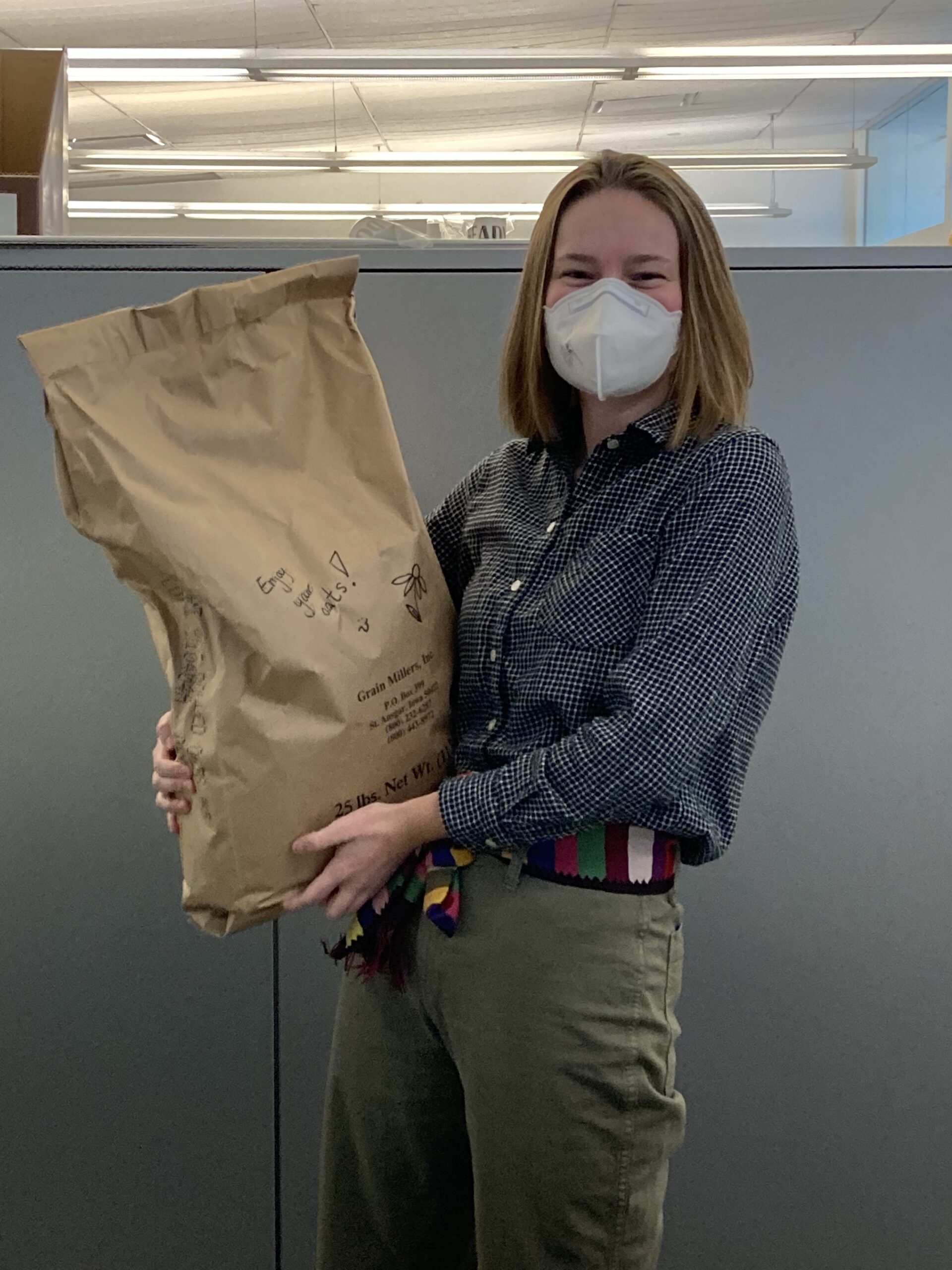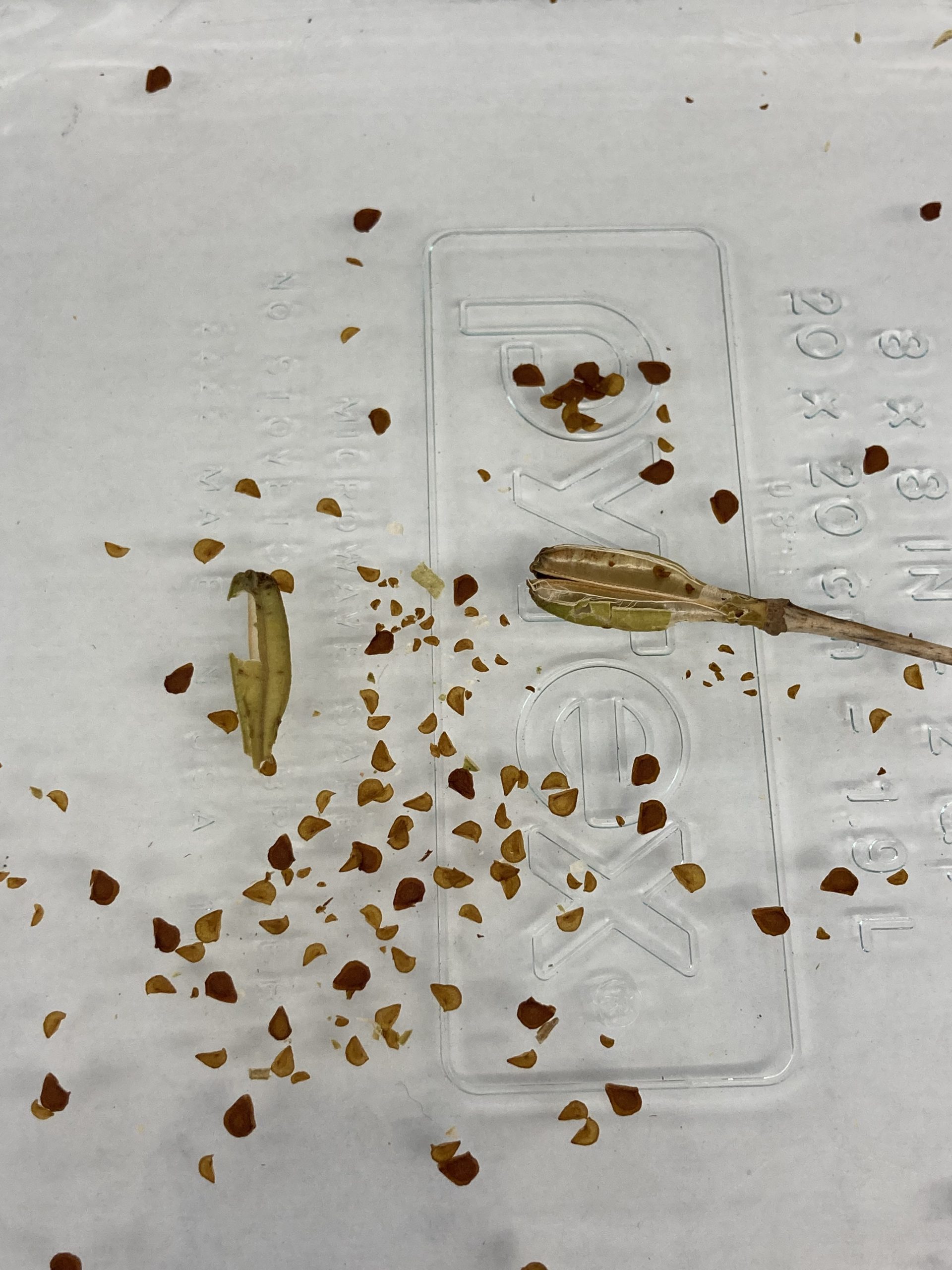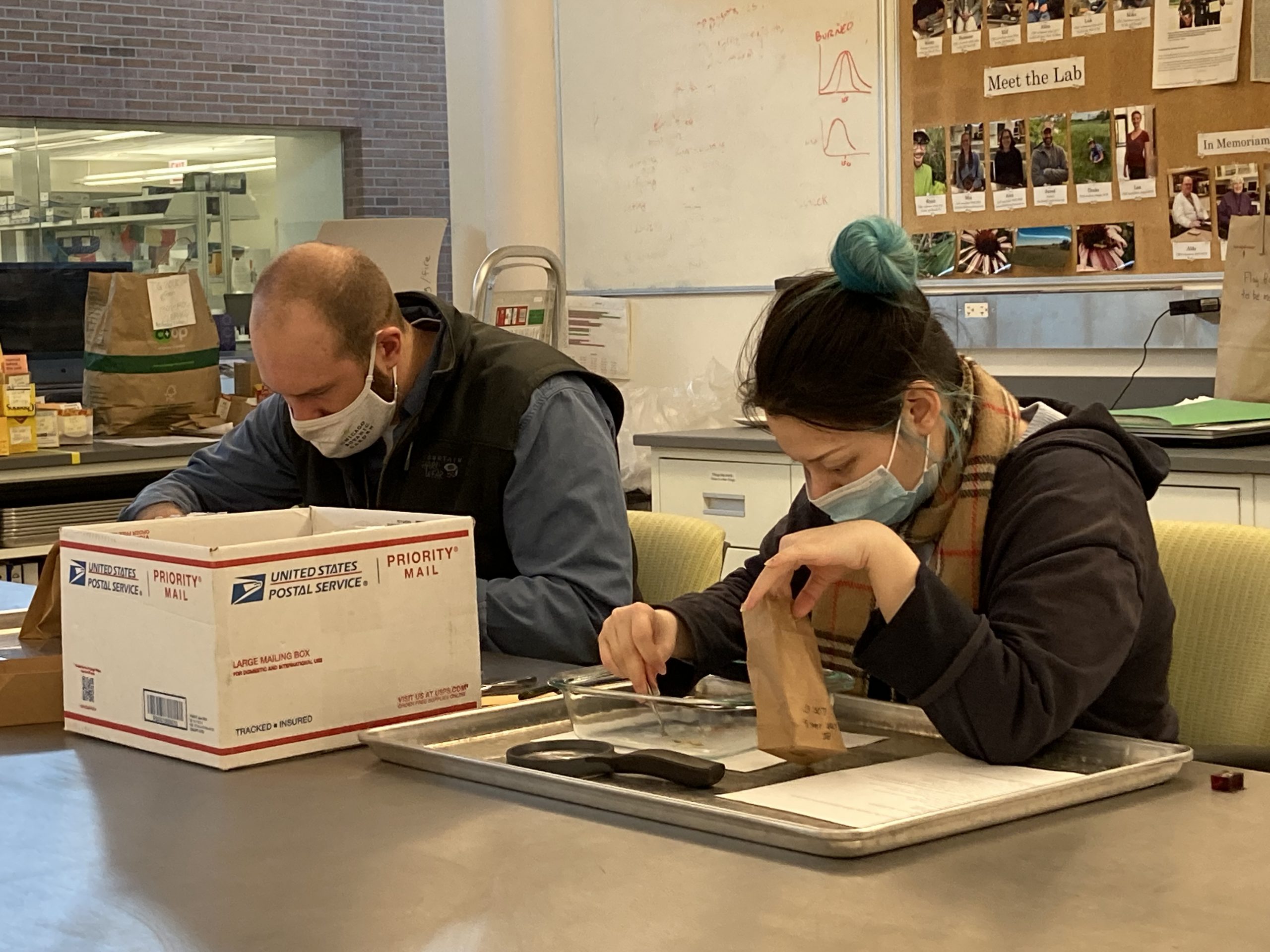On March 5, 2022, Maris Woldin presented a poster titled “Pollinator fidelity in burned and unburned remnant prairies” at the Midwest Ecology and Evolution Conference (MEEC). See the poster below!
|
||||
|
On March 5, 2022, Allie and Wyatt presented about aphids and prescribed fire at the Midwest Ecology and Evolution Conference (MEEC). See the poster below! On March 5, 2022, Mia and Alex presented the Pollinators on Roadsides project at the Midwest Ecology and Evolution Conference (MEEC). They focused on the bee abundance results since the specimens had not been fully identified to species yet. Echinacea Project 2022 I am an Earth and Planetary Science and Journalism major at Northwestern University in the class of 2025. Research Interests I am interested in studying the effects of interactions between humans and nature on plant fitness, fire cycles. I am also excited to learn more about plant biology and conservation! Statement I am from Geneva, New York. In my spare time I like to hike, travel, read, and spend time outside! On Friday, grad student Amy W. paid a visit to the lab at the Chicago Botanic Garden to x-ray Echinacea achenes for several of her projects including the Dust Project, interremnant crosses, and gene flow experiments. We’re thrilled to have a functional x-ray machine once again. Amy noticed lots of variation in her samples, so we’re excited to learn about seed set for these experiments! This week I continued to make progress on cleaning and scanning for the lilium project (Figure 2). All the pods have been cleaned and we have established a scanning protocol for lilium pods. These protocols allow for others to replicate our methods in future projects with lilies.
On 18 February 2022, Amy, Jared, Mia, and Alex presented at the online Prairie Enthusiasts (TPE) conference. Posters were available online during the conference (February 15-19, 2022), and conference attendees could ask questions via the chat on the 18th. Check out the posters below! This past week, I paid a visit western Minnesota. It was a very exciting week, complete with -35 degree windchill and 10 inches of gusting snow. On the way back, I stopped by the Swany White Flour Mills in Freeport, MN and picked up a 25-lb bag of rolled oats for Mia. When I returned to Chicago, it was 50 degrees and sunny. Quite the temperature shock!
Lately, I’ve been working on demap. Both the 2020 and 2021 demography and survey records have now been added to demap, and I’m working on reconciling them. My goal is to have the Staffanson data from 2020 and 2021 reconciled and ready to go by Wednesday. I’d better get back to RStudio! This week I was able to clearly define the research question for the L. philadelphicum project. My research question is focused on investigating pollination and reproduction success in wood lily. Specifically, does seed set increase with the proximity of neighboring flowers. If lilies have closer proximity to neighboring flowers, then the proportion of fertilized seeds will increase as well. We will be able to test our hypothesis with the collected seed data and recorded GPS location of each individual plant. Additionally, I made progress on cleaning lilium seeds and started writing the scanning protocol. We found that using an ionizing bar will help prevent static which causes the seeds to be difficult to handle (See Fig 1). Furthermore, I was able to create a graph representing the progress of the lilium project with the help of Alex (Fig 3). Similarly, to echinacea, the lilium project will also go through the main steps of cleaning, scanning, counting and x-raying. This graph allows us to visualize the progress being made in the ACE protocol for L. philadelphicum. Stay tuned for next week while we experiment with methods in counting and x-raying lilium seeds! This week, I have decided on my independent project for the rest of my internship! I will be working with Lilium philadelphicum, wood lily and investigating questions surrounding its pollination and reproduction. I felt more informed on the past research by the Echinacea Project after hearing presentations from Stuart and Jared. Jared further taught me the benefits of fire on prairie ecosystems. Prairie plants are fire dependent and thrive after burns. This is due to the natural landscape and indigenous traditions. It was very interesting to learn about the natural history of our region and how plants grew before impacts of modernization. Results from past research in the lab has shown benefits from prescribed burns on the reproduction of echinacea. This applied conservation method could potentially benefit other fire dependent prairie plants as well! I hope to observe patterns and variation of pollination success in L. philadelphicum. I am currently developing a hypothesis for this project. Later on I will analyze the data set collected by Jared over the summer. We have already completed inventory of the data set and started on the cleaning process of L. philadelphicum. The fruits of L. philadelphicum can be seen in the picture below. It contains many seeds, some of which are large and dark, others small and lighter in color. We hope to find interesting information through the variation of these seeds. Stay tuned for next week, as I will be working on developing the protocol for cleaning, scanning and counting these seeds.
|
||||
|
© 2024 The Echinacea Project - All Rights Reserved - Log in Powered by WordPress & Atahualpa |
||||

